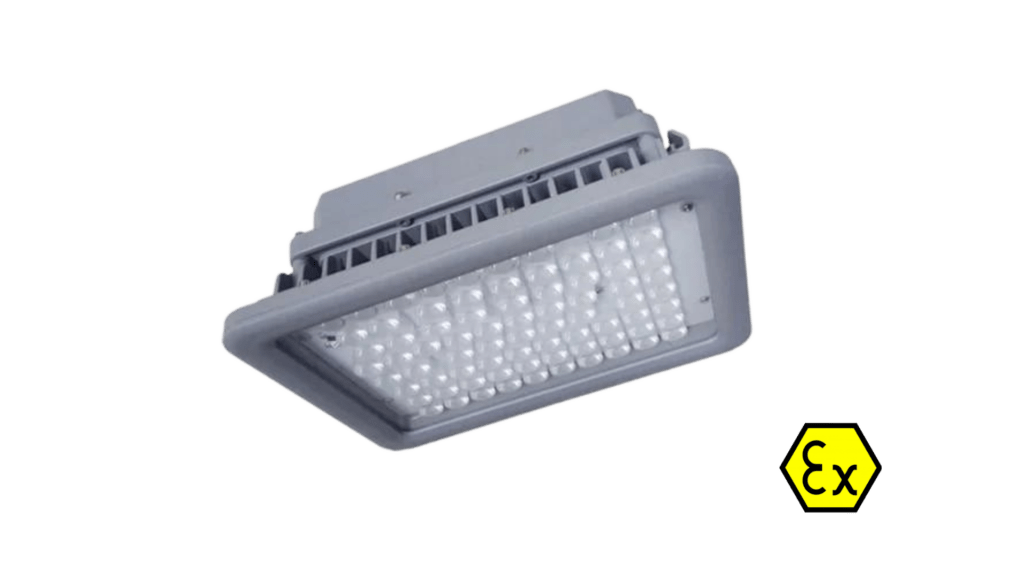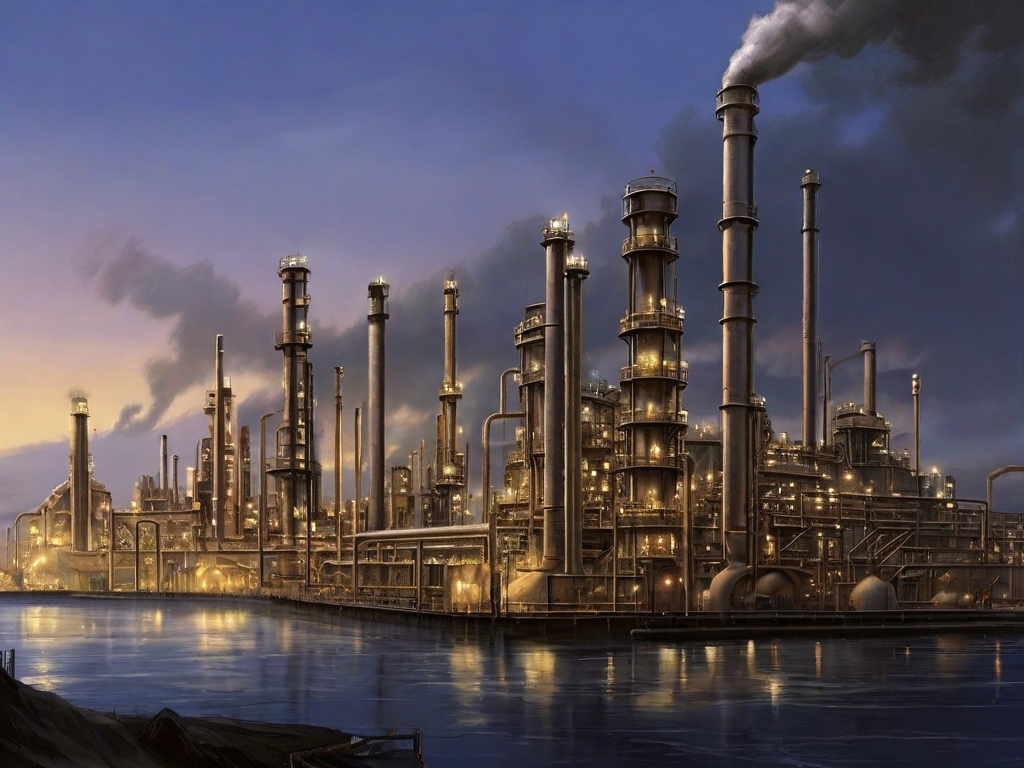As a leading provider of intrinsically safe products, Intrinsically Safe Store understands the importance of safety in hazardous environments. One of the key aspects of ensuring safety in such areas is the use of intrinsically safe lighting. This article will delve into the best practices for retrofitting older facilities with intrinsically safe lighting. We invite you to visit our website to explore our wide range of intrinsically safe products.
Understanding Intrinsically Safe Lighting
Intrinsically safe lighting is designed to operate in hazardous environments without causing ignition. These lights are engineered to limit electrical and thermal energy to a level below what is required to ignite a specific hazardous atmospheric mixture.
Why Retrofit Older Facilities?
Older facilities often have outdated lighting systems that are not only inefficient but also pose a risk in hazardous environments. Retrofitting these facilities with intrinsically safe lighting can significantly enhance safety and efficiency.
Benefits of Retrofitting
- Improved safety: Intrinsically safe lighting reduces the risk of ignition in hazardous environments.
- Energy efficiency: Modern intrinsically safe lights are more energy-efficient, leading to cost savings.
- Compliance: Retrofitting can help facilities comply with current safety standards and regulations.
Best Practices for Retrofitting
When retrofitting older facilities with intrinsically safe lighting, it’s crucial to follow best practices to ensure safety and efficiency.
Conduct a Hazardous Area Classification
Before starting the retrofitting process, conduct a hazardous area classification. This will help determine the type of intrinsically safe lighting required.
Choose the Right Lighting
Not all intrinsically safe lights are created equal. Choose lighting that is certified for the specific hazardous environment in your facility.
Work with Experienced Professionals
Retrofitting should be carried out by professionals experienced in working with intrinsically safe lighting and hazardous environments.
Regular Maintenance and Inspection
After retrofitting, regular maintenance and inspection are crucial to ensure the continued safety and efficiency of the lighting system.
Case Study: Successful Retrofitting
A recent case study highlights the benefits of retrofitting. An older petrochemical facility retrofitted their lighting system with intrinsically safe lights. The result was a 60% reduction in energy costs and significantly improved safety.

Retrofitting older facilities with intrinsically safe lighting is a crucial step towards improving safety and efficiency. By following best practices, facilities can ensure a successful retrofitting process. For more information on intrinsically safe lighting and other products, contact us at Intrinsically Safe Store.


























